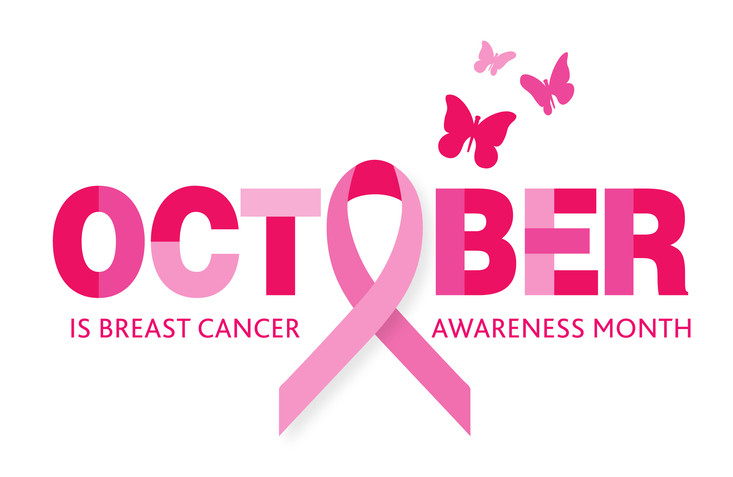October
Breast Cancer Awareness
Hands-on Health. Self-awareness is your first line of defense.
A monthly breast self-exam is a simple, empowering way to stay connected to your body. By regularly checking for changes in shape, texture, or skin appearance, you become familiar with what’s normal—making it easier to notice anything unusual. Use the pads of your fingers to gently feel around the breast and underarm area, and visually inspect in front of a mirror. While self-exams don’t replace clinical screenings, they’re a proactive step in early detection. If you notice any changes, reach out to your healthcare provider.
Women
-
1 in 8 women in the U.S. will be diagnosed with breast cancer in their lifetime.
-
In 2025, an estimated 316,950 women will be diagnosed with invasive breast cancer. About 42,170 women are expected to die from the disease.
-
Early detection leads to a 99% five-year survival rate for localized cases.
Men
-
Breast cancer is rare in men but still serious.
-
In 2025, about 2,800 men will be diagnosed with invasive breast cancer. Approximately 510 men will die from the disease.
- Lifetime risk for breast cancer in men is about 1 in 726.
Understanding breast cancer
Breast cancer starts when abnormal cells in the breast grow and multiply uncontrollably.
Healthy cells in our bodies follow a routine: They grow and divide, making copies of themselves as needed to replace old or abnormal cells. And just as they receive signals to grow, they receive signals to die off when damaged. But cancer cells, which are caused by a mistake in genetic material, don’t behave like healthy cells. These abnormal cells not only survive but also divide and multiply — despite the fact the body doesn’t need them. This creates more and more abnormal cells like them, which then form a tumor.
A tumor can be noncancerous (benign) or cancerous (malignant). Noncancerous tumors are made up of cells that look very similar to normal cells, grow slowly, and don’t invade nearby tissues or spread to other parts of the body. Cancerous tumors, if left unchecked, can eventually spread beyond the original tumor to other parts of the body.
Breast cancer can start in any area of the breast, but it’s commonly found in the breast’s milk-producing glands (called the lobules) or in the passages that drain milk from the lobules to the nipple (called the ducts). Breast cancer can also start in the fatty and fibrous connective tissues of the breast (called the stromal tissues) or in the nipple.
A lump is one of the most common signs and symptoms of breast cancer, but symptoms vary and can also include swelling, skin dimpling, and breast or nipple pain. Many breast cancers have no symptoms.

For nearly four decades now, the country has recognized October as National Breast Cancer Awareness Month. It is a time annually devoted to educating everyone about breast cancer — including metastatic breast cancer (MBC) — and the importance of early detection and access to timely, high-quality care.
Screening saves lives
Know your risk
There are many factors linked to breast cancer risk. Some of these risk factors may be within your control, while others are not. For example, women with close relatives who have been diagnosed with breast cancer have a higher risk of developing the disease. Getting older also increases the risk of developing breast cancer.
Risk factors you can control include alcohol use, obesity, and smoking. Eating healthy foods, avoiding alcohol, and exercising more may help reduce your risk of breast cancer.
